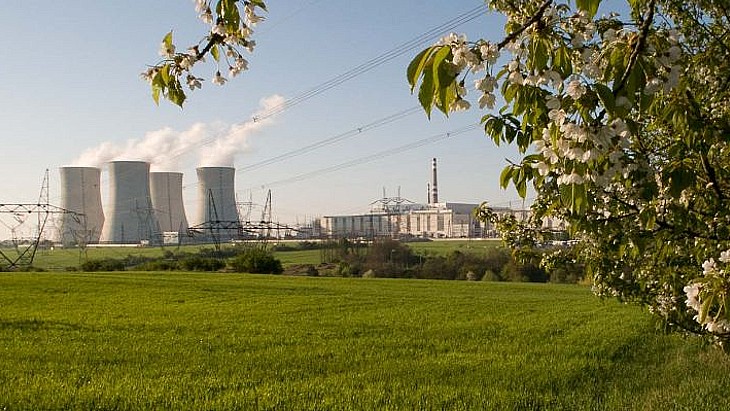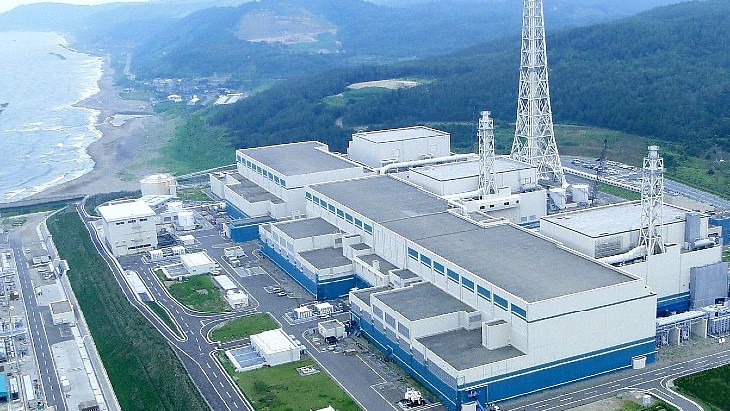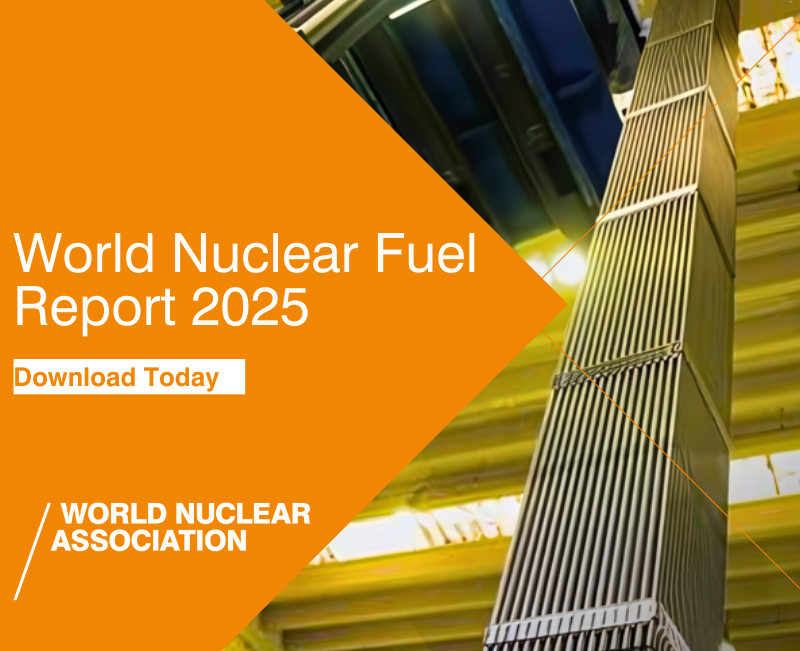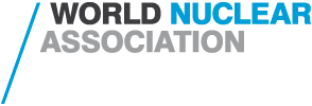The test bed - Demonstration of Microreactor Experiments (DOME) - will repurpose the Experimental-Breeder Reactor-II containment structure at Idaho National Laboratory (INL). This, the Department of Energy (DOE) says, will lessen the environmental footprint and save companies money in the testing process, as well as reducing overall project risk.
In October 2023, Radiant, Ultra Safe Nuclear Corporation and Westinghouse were awarded DOE funding totalling USD3.9 million for front-end engineering and experiment design of their respective microreactor designs in DOME.
DOE has now announced that Westinghouse and Radiant have been selected to perform the first microreactor tests in DOME.
Westinghouse will test the eVinci Nuclear Test Reactor to inform the development of its commercial transportable microreactor that uses advanced heat pipe technology to passively cool the reactor. The eVinci reactor is designed to produce 5 MWe on sites as small as two acres of land and could be used to power various applications from remote communities to mining operations or data centres. The eVinci test reactor is a scaled-down 3 MWt version.
Radiant will test the Kaleidos Development Unit to advance the company's commercial 1.2 MWe high-temperature gas reactor design as a potential replacement for diesel generators. The electric power generator, cooling system, reactor, and shielding are all packaged in a single shipping container, facilitating rapid deployment.
Both companies are currently working through the multi-phase DOE authorisation process to support the design, fabrication, construction, and testing of each fueled reactor experiment.
According to the DOE, the first fueled reactor experiment will start as early as spring 2026. It estimates each DOME reactor experiment will operate up to six months.
The testing campaigns are self-funded by the applicants with the sequencing of experiments based on several criteria, including technology readiness, fuel availability, and a regulatory approval plan. Both companies are expected to meet certain milestones throughout the process to maintain their allotted time in DOME and to ensure efficient use of the test bed.
"Microreactors will play a big role in expanding the use of nuclear power in the United States," said Mike Goff, the Acting Assistant Secretary for Nuclear Energy. "These DOME experiments will test new reactor designs that will be counted on in the future to reliably power our homes, military bases, and mission critical infrastructure."
DOE recently closed its first round of applications for scheduling experiments in DOME. It said the next call for applications is anticipated to be in the summer of 2026.

_48329.jpg)



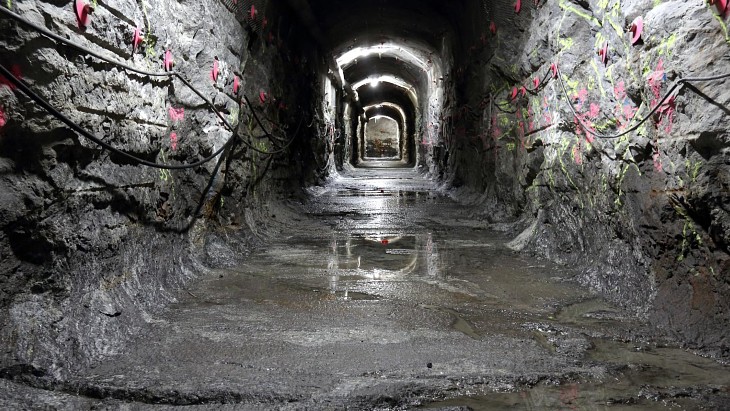
_53514_33880.jpg)
